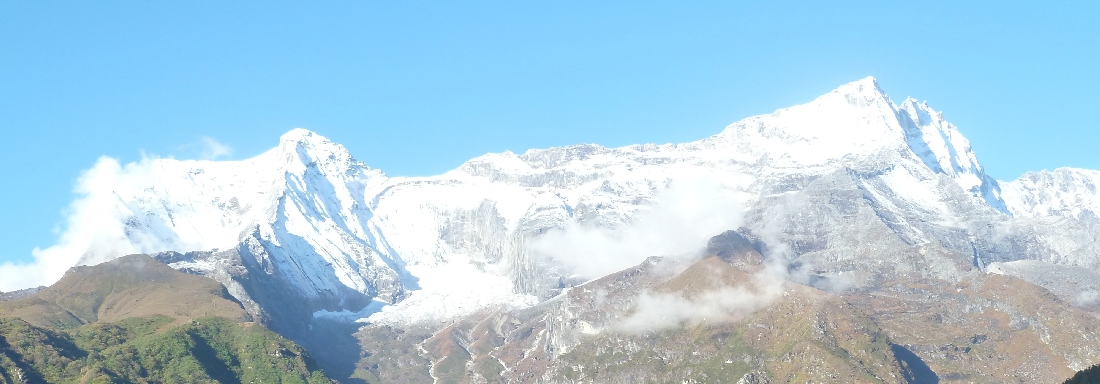With some prompting from
she who must be obeyed I finally purchased a flow hive, from Flow™ made famous by the enormously successful crowdfunding and the subsequent media, in particular “Australia Story” from the ABC and its sequel see:
http://www.abc.net.au/austory/content/2016/s4534002.htm and
http://www.abc.net.au/news/2016-09-12/australian-story-flow-hive-family-talks-about-life-now/7828436 - accessed 10 December 2016. The story shows how Cedar Anderson and his father Stuart invented a new way to rob hives of honey, by essentially splitting the honey cell vertically – tearing each apart, allowing the honey to flow out into a trough and thus out of the hive to be collected.
Anyway – back to the story – sometime in October 2016 I purchased a flow hive, or rather a 7 Flow™ frames, and a super made of pine. I didn’t go for the cedar as I prefer to paint the hives and anyway I did not get it to show it off. The order was apparently delayed, but in any event it was as fast as most other on-line orders and within a week I had two boxes; a box of 7 frames (enough for a 10 frame Langstroth super) and a flat pack super. The on-line videos are very useful, and I would encourage anyone starting up a Flow Hive™ to look at these. The manual was good, except it failed to point out the sides have a back and front!
 |
| Under coat! |
The first thing I did was undercoat and paint all pieces of wood – yes I do paint the inside of hives and I still have Pinus radiata supers that are >20 years old. If one looks after them, they last for a long time. The problem with painting the Flow Hive super was it was cut out with a laser cutter – which gives superior tolerance – the pieces were exact! The problem was there was not enough room for three coats of paint (1 primer, and 2 top coats), so I had to resize the dovetailed joints and sand the window covers a little. This was not much trouble – but better to have been done before painting.
The assembly was easy, except I did not notice the sides have a front and back. Because there is a window on the back of the super, to allow access to the flow frames, the left and right side at the bottom of the sides are tied together with a thin aluminium slat that sits in a recess – I put the back on the wrong end, so the recess was in the wrong place. But I noticed straightway and managed to pull the super apart (I had glued it) and reassemble it correctly. The company provides screws, which are adequate for the job – I add glue to stop water getting into the joints.
 |
| Side window to allow observation of the frames |
I then placed the super on top of one of my hives – however it is perhaps not the strongest so think I will move it to another, as the bees have not really moved into the box (over 4 weeks). Plus this has been a very wet year in Adelaide and bee hives are perhaps not as strong as they could be. Using a queen excluder may also be a problem, something I usually don’t do – but recommended for the flow hive. For hobbyists, having a few brood in the centre frames is not really been a problem – just avoid these frames. So next week I will spin out the upper super of another triple and replace the super with the flow hive super – this hive is much stronger and much busier.
 |
| Nearly ready to go |
Before putting it together I took a Flow Frame™ to work for a ‘show and tell’ which was interesting. I’m a pharmacologist/environ. toxicologist in a large health agency so it was surprising to find a couple of men who kept bees for a hobby along with someone else whose father had 40 hives plus one of my own staff also keeps bees. Everyone I talked to was genuinely interested and most had seen one of the media broadcasts – Australian Story mostly.
Is it all worthwhile? The hive is expensive – the transport was also rather expensive with the lot costing $700 delivered. I could have made the super – the company has plans on the Web, and I could have used a flat-pack super from a local supplier which costs about $30 – but putting in the windows would not have been as neat. Seven frames delivered cost $613 (December 2016 prices), so for the extra expense, unless you have the wood already, just buy the super as well.
For a beginner – it would save the cost of knives, boiler (if using a steam knife) and extractor – some of which can be found on-line but overall would cost more than the $700 I paid (note if starting from scratch you need to have a bottom box for the brood, bottom board and lid as well). Overall the Flow™ hive may be a very good place to start. You don’t need to learn how to remove frames, uncap and spin out the honey. So for a backyard beginner this hive is worth considering. Don’t forget that apiarists need to be registered in their respective state or territory.
Does it work? ... Watch this space!
 |
| Frames in box with a few bees |
 |
| Back - final hive |










